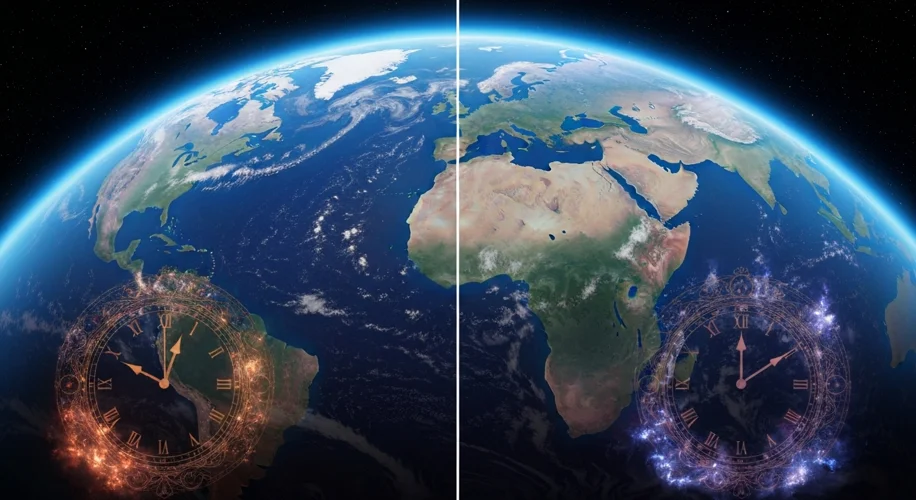Did you know that the very rhythm of our planet might be subtly changing?
From our vantage point in space, scientists have been observing something fascinating and a little concerning: Earth’s seasons are starting to feel a bit out of sync. As an atmospheric scientist, I find this incredibly compelling because it speaks to the delicate interconnectedness of our planet’s systems.
What Does ‘Out of Sync’ Mean?
It’s not about the calendar days of spring, summer, autumn, and winter shifting dramatically. Instead, it’s about the subtle, yet significant, changes in the timing and intensity of seasonal weather patterns. Think of it as the planet’s internal clock getting a little wobbly. For instance, we might observe phenomena like earlier or later blooming periods for plants, shifts in animal migration patterns, or changes in the timing of rainfall that don’t quite match historical averages.
What’s Causing This Shift?
While the exact mechanisms are still being studied, a primary driver appears to be linked to our planet’s warming climate. As global temperatures rise, the energy balance within the atmosphere and oceans is altered. This can influence large-scale atmospheric circulation patterns, like the jet stream, which dictates much of our weather. Changes in these patterns can lead to the kind of seasonal discrepancies we’re starting to observe.
For example, warmer oceans can hold more moisture, potentially leading to more intense rainfall events during certain seasons, or alter the timing of monsoon cycles. Similarly, changes in Arctic sea ice extent can influence weather systems far to the south. These are complex feedback loops that scientists are working hard to understand and model.
Why Does This Matter to Us?
These subtle shifts have real-world implications for ecosystems and human societies. Farmers rely on predictable seasonal patterns for planting and harvesting. Changes in rainfall can affect water availability for agriculture and drinking. Migratory species might find their usual routes or timing disrupted, impacting food chains. For communities, especially those already vulnerable to climate impacts, these shifts can exacerbate existing challenges.
It’s a reminder that even small changes in our planet’s complex systems can have cascading effects. Understanding these shifts, precisely because they are subtle, requires careful observation and data analysis, often from the unique perspective that satellites provide. They give us a global view of changes that might be harder to detect from the ground.
This is why I’m so passionate about studying our atmosphere and climate. It’s about understanding these interconnected systems and how our actions influence them. By learning from space, we gain a clearer picture of what’s happening right here on Earth and how we can better prepare for the future.

